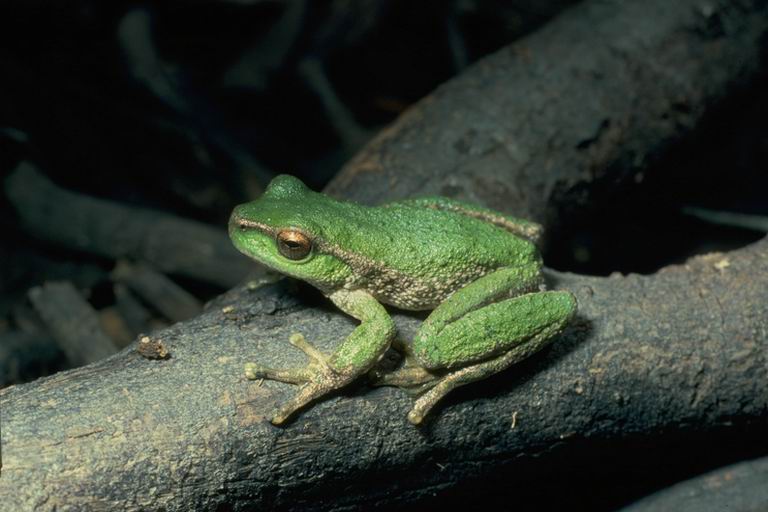Poaching has posed a severe threat to countless wildlife species around the globe, driving many to the brink of extinction. However, through dedicated conservation efforts and stricter enforcement of laws, several iconic species have been brought back from the edge. These success stories highlight the importance of continued vigilance and support in the fight against illegal wildlife trade, proving that with the right actions, we can protect and preserve our planet’s most vulnerable animals.
African Elephant

African elephants, once heavily targeted for their ivory tusks, have seen significant population recovery thanks to international bans on ivory trade. Conservation organizations and government efforts have led to stricter anti-poaching laws, providing these majestic animals a chance to thrive. Protected areas and wildlife reserves have become sanctuaries where they can live without the constant threat of poaching. Community-led initiatives have also played a crucial role, offering locals alternative livelihoods. While challenges remain, the future of African elephants is more hopeful than in decades past.
Black Rhino
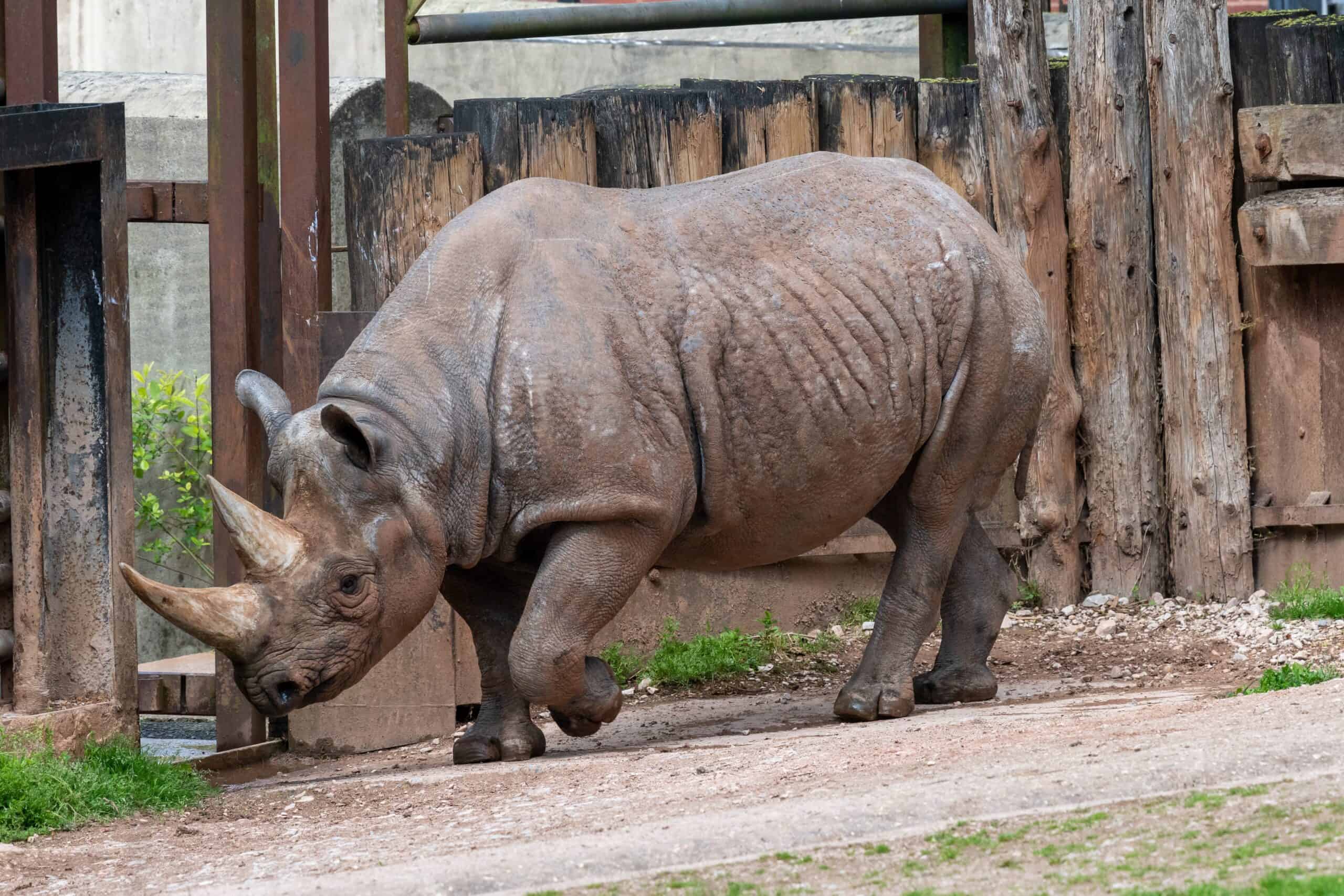
The black rhino population was nearly wiped out due to relentless poaching for their horns, highly valued in illegal markets. In response, anti-poaching patrols and strict law enforcement were introduced, alongside dehorning initiatives to deter poachers. Breeding programs in both captivity and the wild have helped increase their numbers. Additionally, translocation efforts to safer areas have provided them with better chances of survival. Today, while still critically endangered, black rhinos are gradually making a comeback.
Bengal Tiger
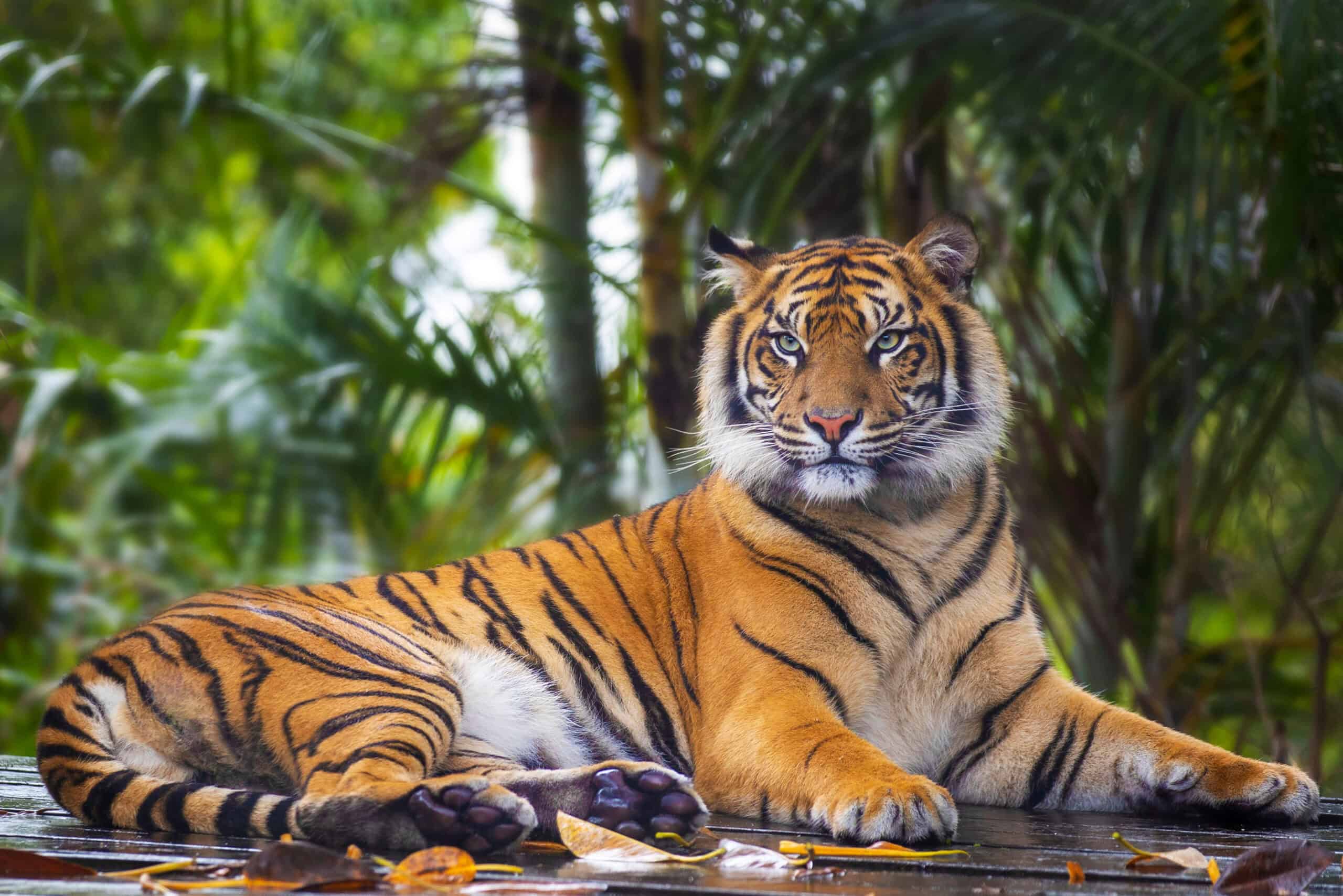
The Bengal tiger, a symbol of India’s wildlife, faced near extinction in the 20th century due to poaching for their skin and body parts. Conservation strategies, including the establishment of tiger reserves and the implementation of Project Tiger, have been instrumental in protecting these big cats. Anti-poaching units, equipped with modern technology, monitor tiger habitats to prevent illegal activities. Community involvement has also been key, with locals being educated about the importance of tiger conservation. As a result, the Bengal tiger population has seen a significant resurgence.
Mountain Gorilla
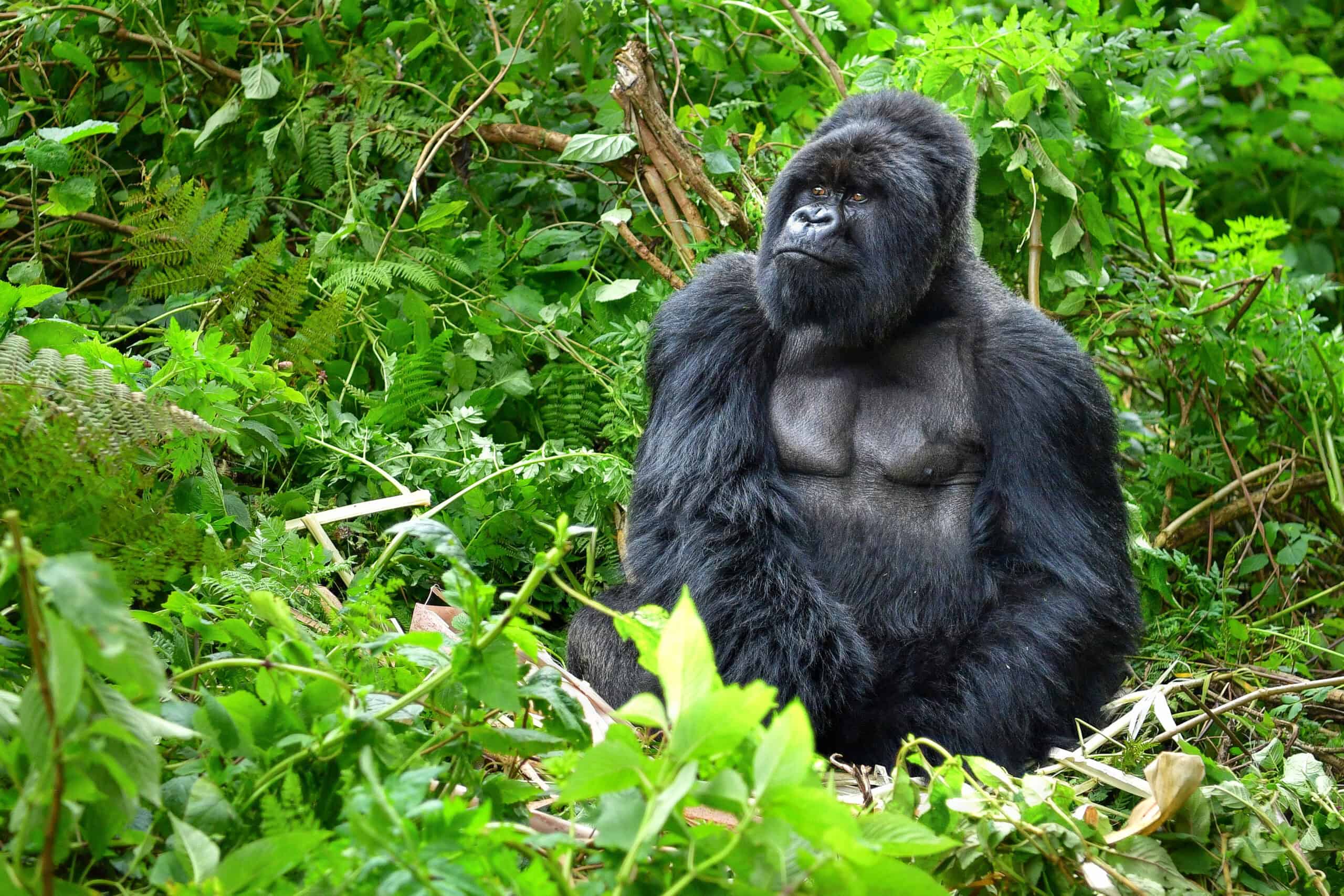
Mountain gorillas, once critically endangered due to poaching and habitat destruction, have seen a remarkable recovery. Conservation efforts in Rwanda, Uganda, and the Democratic Republic of Congo have focused on protecting these primates through intensive monitoring and community conservation projects. Anti-poaching patrols and strict enforcement of wildlife laws have reduced the threat to their survival. Additionally, eco-tourism has provided funds that are reinvested into gorilla conservation. Today, the mountain gorilla population is growing, a testament to these sustained efforts.
Amur Leopard
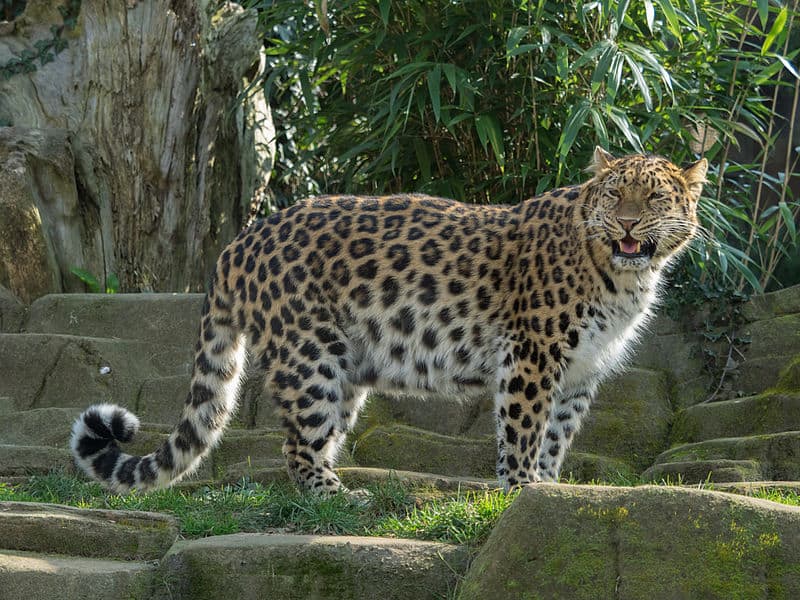
The Amur leopard, one of the rarest big cats in the world, has been saved from the brink of extinction through targeted anti-poaching measures. Found in the Russian Far East and northeastern China, these leopards were heavily poached for their beautiful fur. Conservation initiatives, including the creation of protected areas and increased patrolling, have helped secure their habitat. International cooperation between Russia and China has also been vital in curbing poaching activities. Thanks to these efforts, the Amur leopard population is slowly increasing, although it remains critically endangered.
Grevy’s Zebra
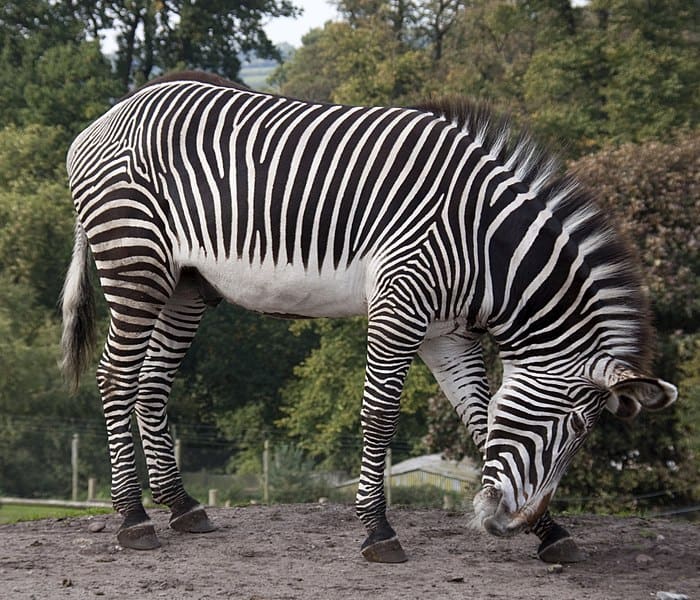
Grevy’s zebra, the largest of the wild equid species, faced severe declines due to poaching for their distinctive striped hides. Conservationists have worked tirelessly to protect these animals by establishing protected areas and promoting community-led conservation programs. Anti-poaching initiatives, coupled with habitat restoration, have contributed to stabilizing their population. The creation of wildlife corridors has also facilitated safer movement between fragmented habitats. As a result, Grevy’s zebras are now better protected, though continued vigilance is necessary.
Javan Rhino
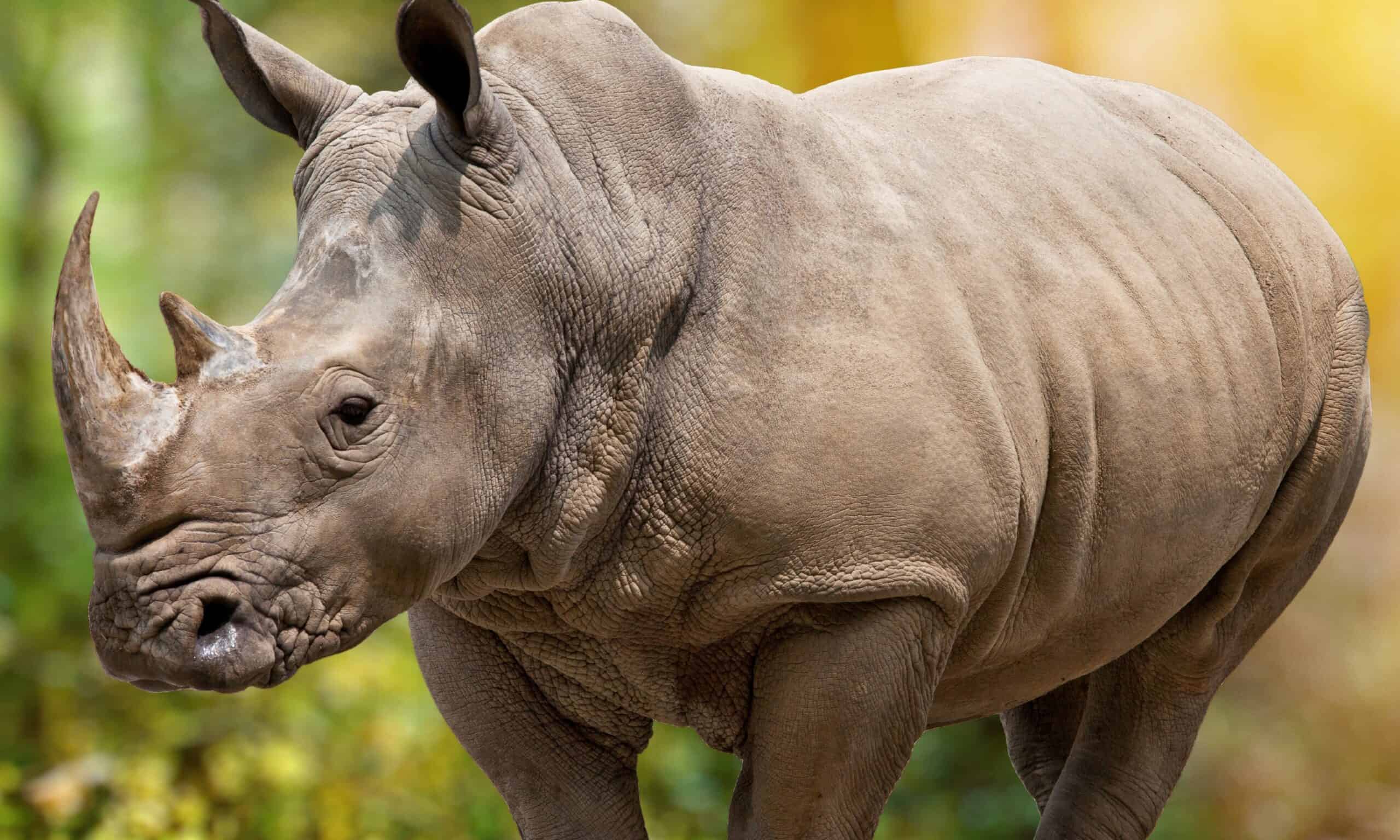
The Javan rhino, once widespread across Southeast Asia, is now confined to a single population in Indonesia’s Ujung Kulon National Park. Poaching and habitat loss almost led to their extinction, but intensive conservation efforts have given them a fighting chance. Strict anti-poaching measures, combined with habitat management, have created a safer environment for these elusive creatures. Conservationists have also focused on expanding their habitat to support a growing population. While still critically endangered, the Javan rhino is no longer on the brink of extinction.
Hawksbill Sea Turtle
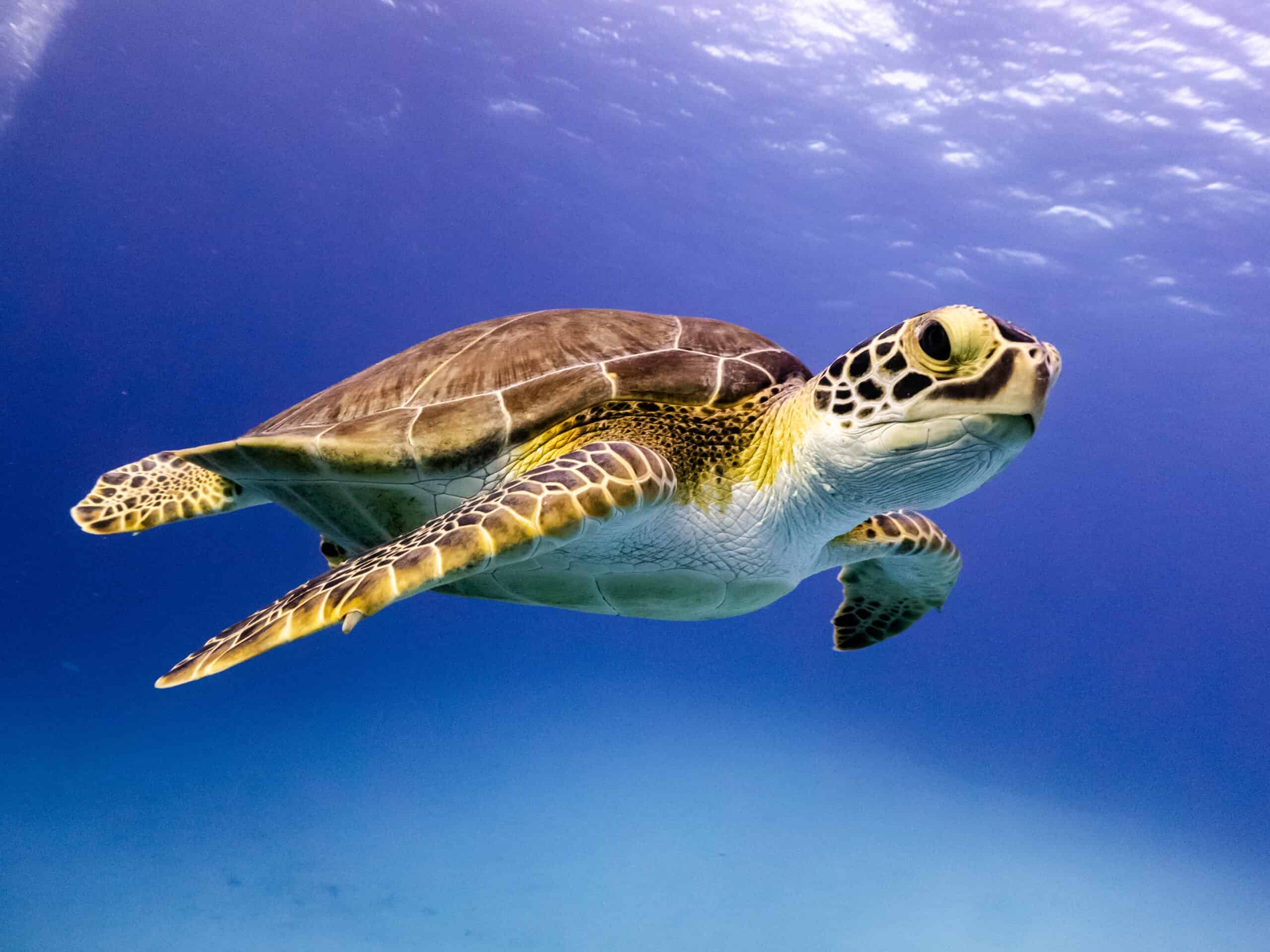
Hawksbill sea turtles have been targeted for their shells, which are highly prized in the illegal trade for making jewelry and ornaments. Conservation efforts, including international bans on the trade of turtle products and the protection of nesting sites, have been crucial in saving this species. Coastal communities have been engaged in conservation through eco-tourism, providing an alternative source of income. The establishment of marine protected areas has also helped reduce the impact of poaching and habitat destruction. Today, Hawksbill sea turtles are showing signs of recovery, though they remain endangered.
Sumatran Elephant
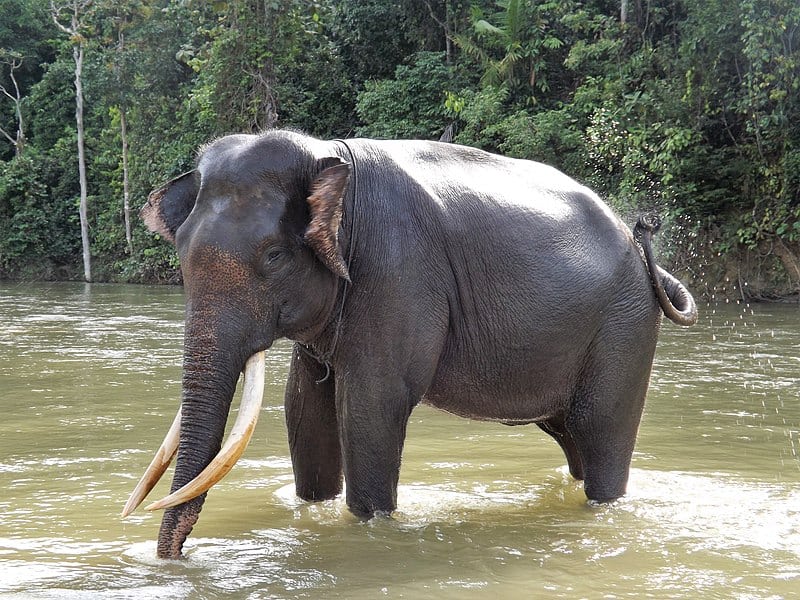
The Sumatran elephant, a critically endangered subspecies of the Asian elephant, has faced significant threats from poaching and habitat loss. Conservationists have worked to combat poaching through the establishment of patrol units and community-based conservation programs. Protected areas have been expanded to provide safer habitats for these elephants. Awareness campaigns have also been launched to reduce human-elephant conflict, which often leads to poaching. Although challenges persist, the Sumatran elephant population is gradually recovering.
Snow Leopard
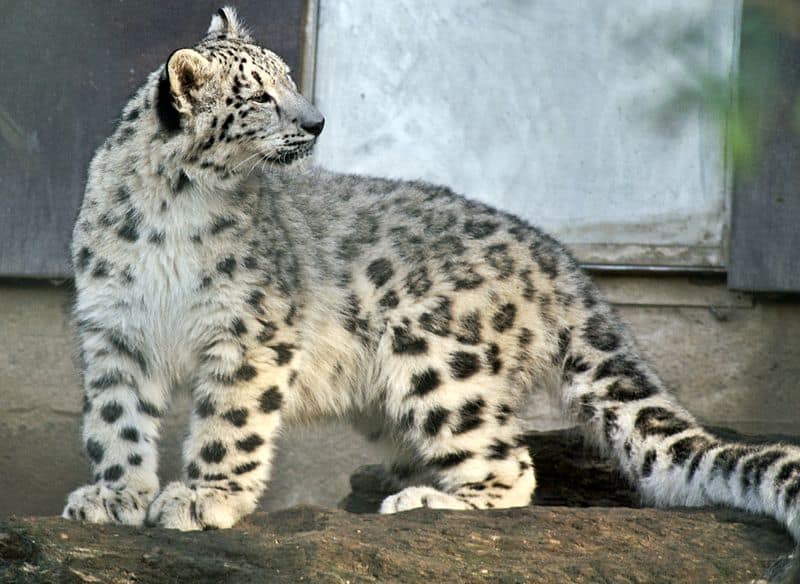
Snow leopards, known for their elusive nature and stunning beauty, have been heavily poached for their fur and bones. Conservation initiatives in Central Asia have focused on anti-poaching patrols, habitat protection, and community engagement. The creation of transboundary protected areas has also facilitated the movement and protection of these big cats. Additionally, research and monitoring programs have provided valuable data to inform conservation strategies. As a result, snow leopard populations are stabilizing, though they remain vulnerable.
Vaquita
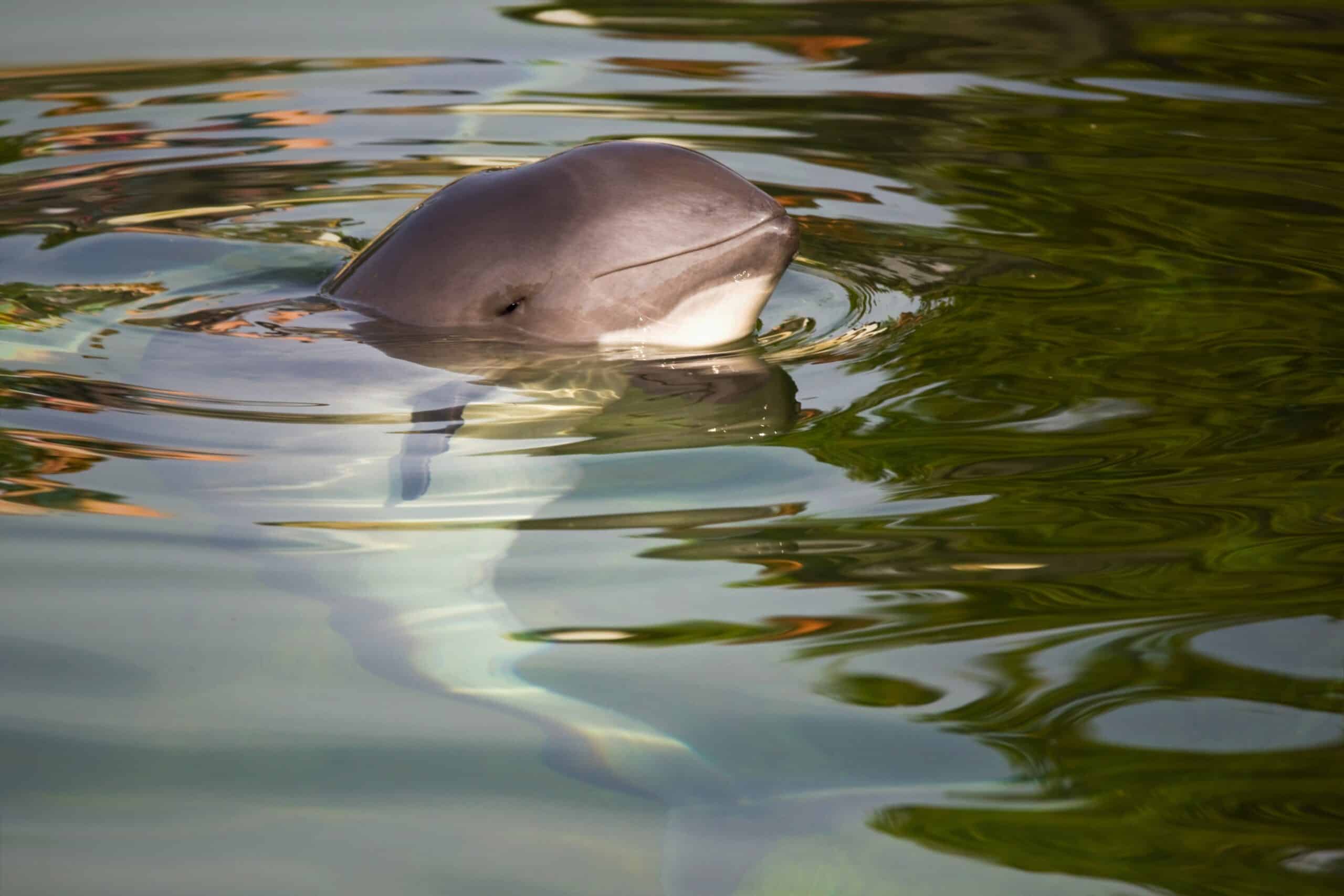
The vaquita, a small porpoise found in the Gulf of California, is one of the most endangered marine mammals due to bycatch in illegal fishing operations and poaching. Conservationists have implemented emergency measures, including the removal of illegal fishing nets and increased surveillance of their habitat. International pressure has also led to stricter enforcement of fishing regulations in the region. Efforts to develop alternative livelihoods for local fishermen have reduced the incentive to engage in illegal activities. Although the vaquita remains critically endangered, these efforts have slowed their decline.
African Lion
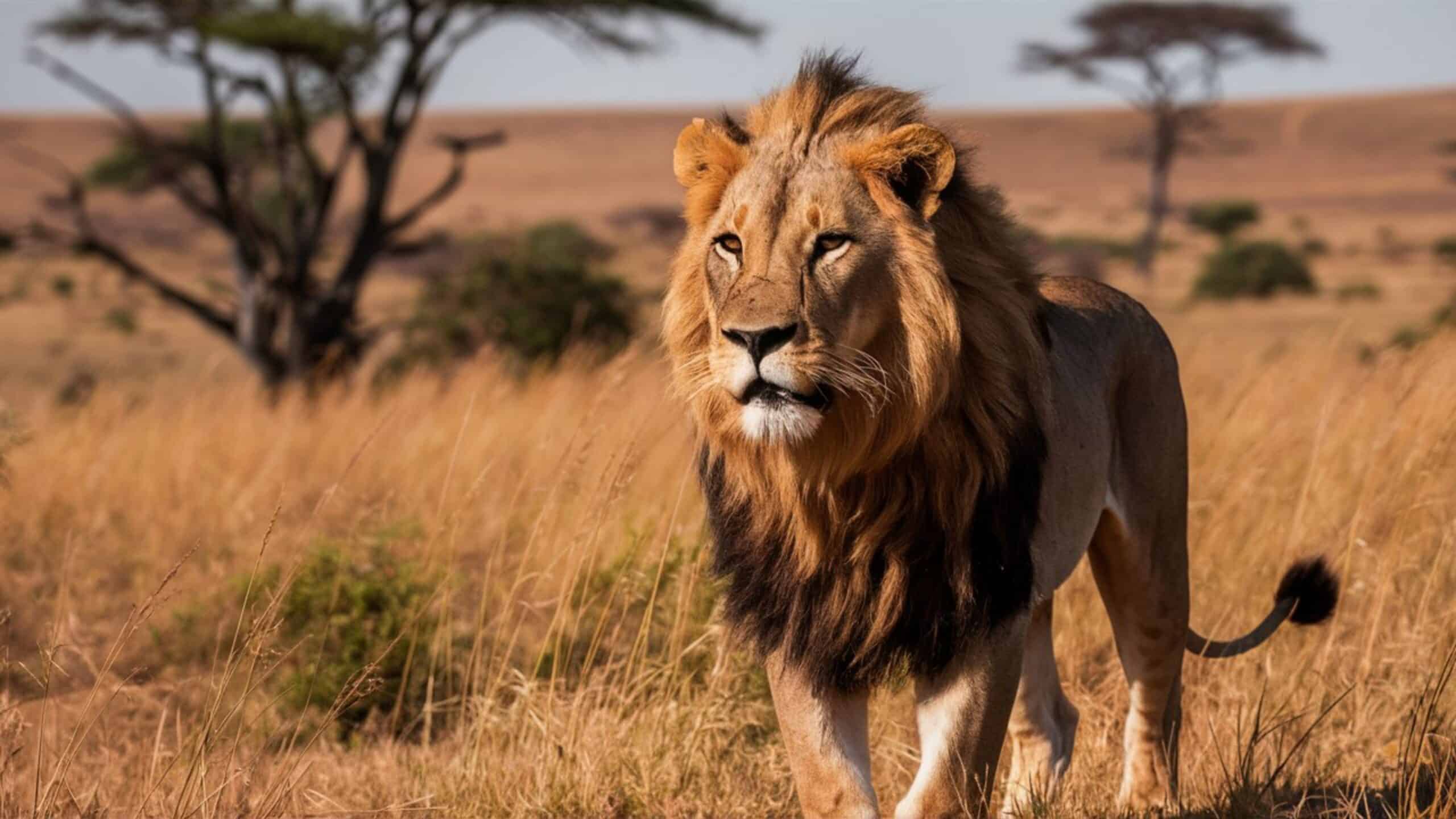
African lions, once widely distributed across the continent, have faced significant threats from poaching and human-wildlife conflict. Conservation programs have focused on protecting lion habitats, reducing poaching, and promoting coexistence with local communities. Anti-poaching patrols and the establishment of protected areas have provided lions with safer environments to thrive. Community-based conservation initiatives have also played a crucial role in reducing the threat to lions. Today, African lion populations in certain regions are stabilizing, though continued efforts are needed to secure their future.
Indian Rhinoceros
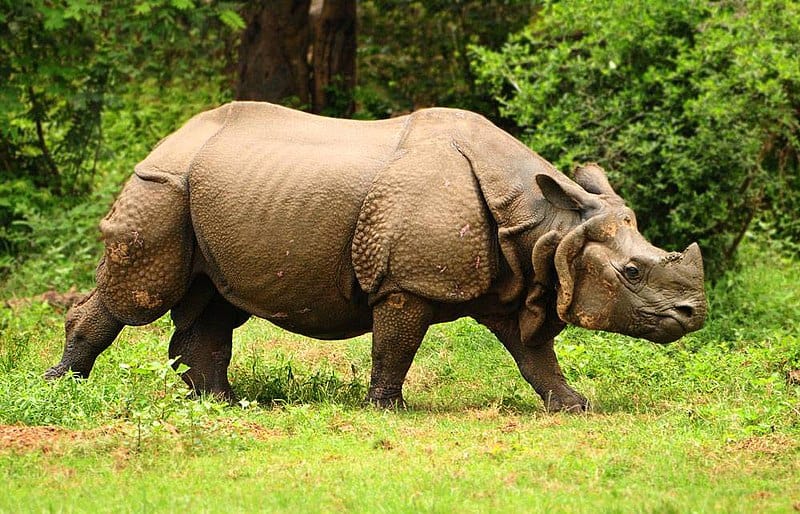
The Indian rhinoceros, or the greater one-horned rhinoceros, was once on the brink of extinction due to poaching for its horn. Conservation efforts in India and Nepal have included strict anti-poaching measures, habitat restoration, and the establishment of rhino reserves. Community involvement in conservation has also been a key factor in protecting these rhinos. Translocation programs have helped reintroduce rhinos to areas where they had previously been wiped out. As a result, the Indian rhino population has made a significant recovery.
Orangutan
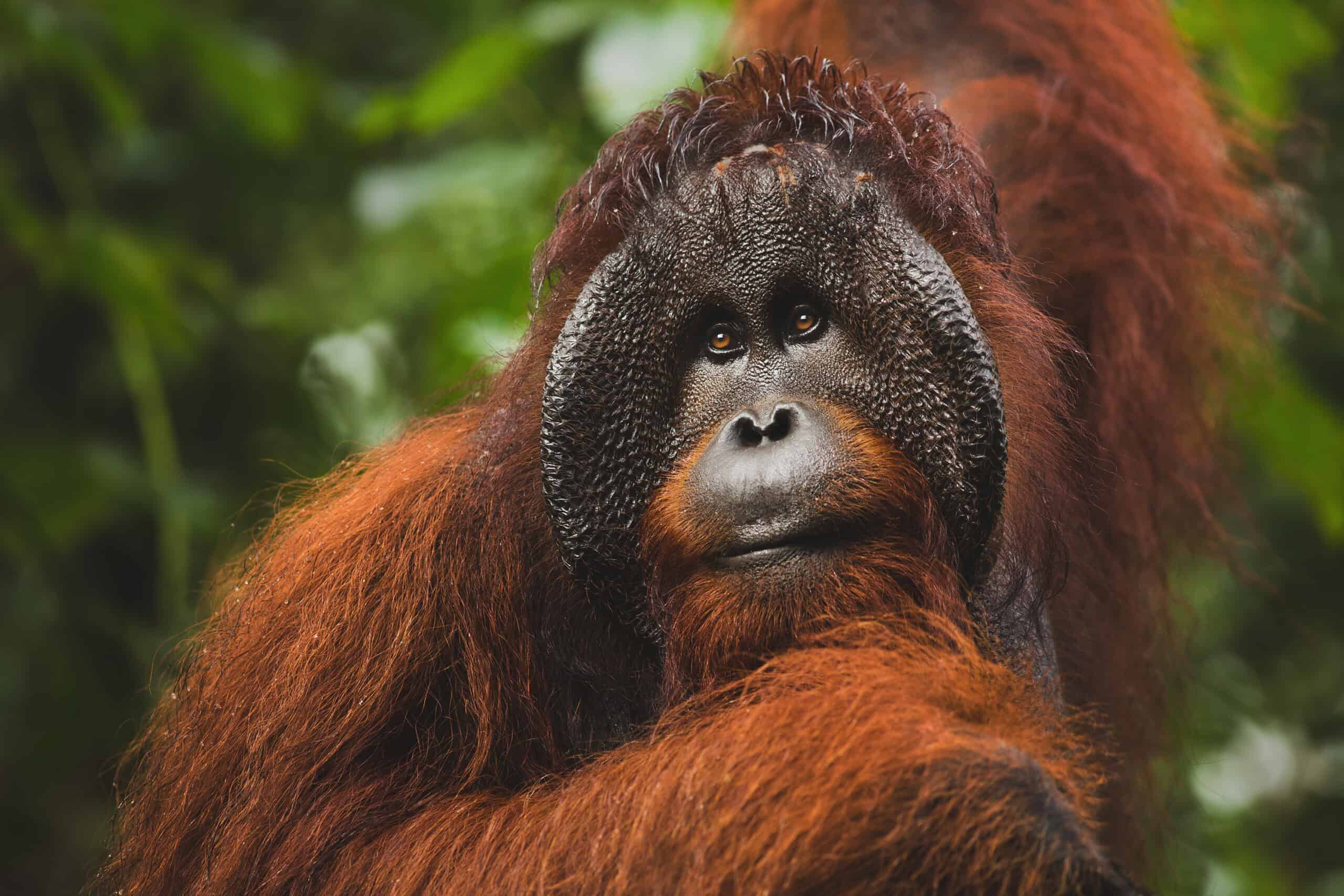
Orangutans, found in the rainforests of Borneo and Sumatra, have been severely threatened by poaching and habitat destruction. Conservationists have worked to protect these great apes through anti-poaching patrols, habitat restoration, and the establishment of protected areas. Rehabilitation centers have also played a crucial role in rescuing and reintroducing orphaned orangutans into the wild. Education and awareness programs have been launched to reduce the demand for illegal pet trade and bushmeat. While still endangered, orangutans are now better protected thanks to these efforts.
Western Lowland Gorilla
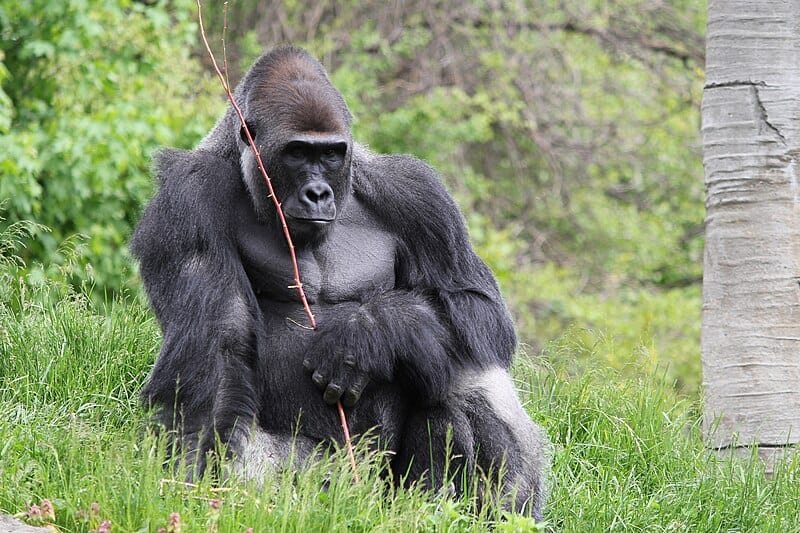
The western lowland gorilla, the most widespread of all gorilla subspecies, has faced severe threats from poaching for bushmeat and the illegal wildlife trade. Conservation efforts have focused on strengthening law enforcement, protecting habitats, and engaging local communities in conservation. Anti-poaching patrols and the establishment of protected areas have provided a safer environment for these gorillas. Research and monitoring programs have also contributed to a better understanding of their needs and threats. As a result, the population of western lowland gorillas is gradually stabilizing, though they remain vulnerable.
This article originally appeared on Rarest.org.
More From Rarest.Org
Flowering plants have long captivated garden enthusiasts with their beauty and variety. Some bulbs, however, are prized not only for their blooms but also for their rarity and cost. Read more.
Classic cars have always been symbols of luxury, craftsmanship, and timeless design. These vehicles, cherished by collectors and enthusiasts alike, represent the pinnacle of automotive excellence from a bygone era. Read more.
Conservation efforts have played a vital role in reviving many amphibian species that were once on the brink of extinction. These unique creatures, often overlooked, are crucial to the ecosystems they inhabit. Read more.



